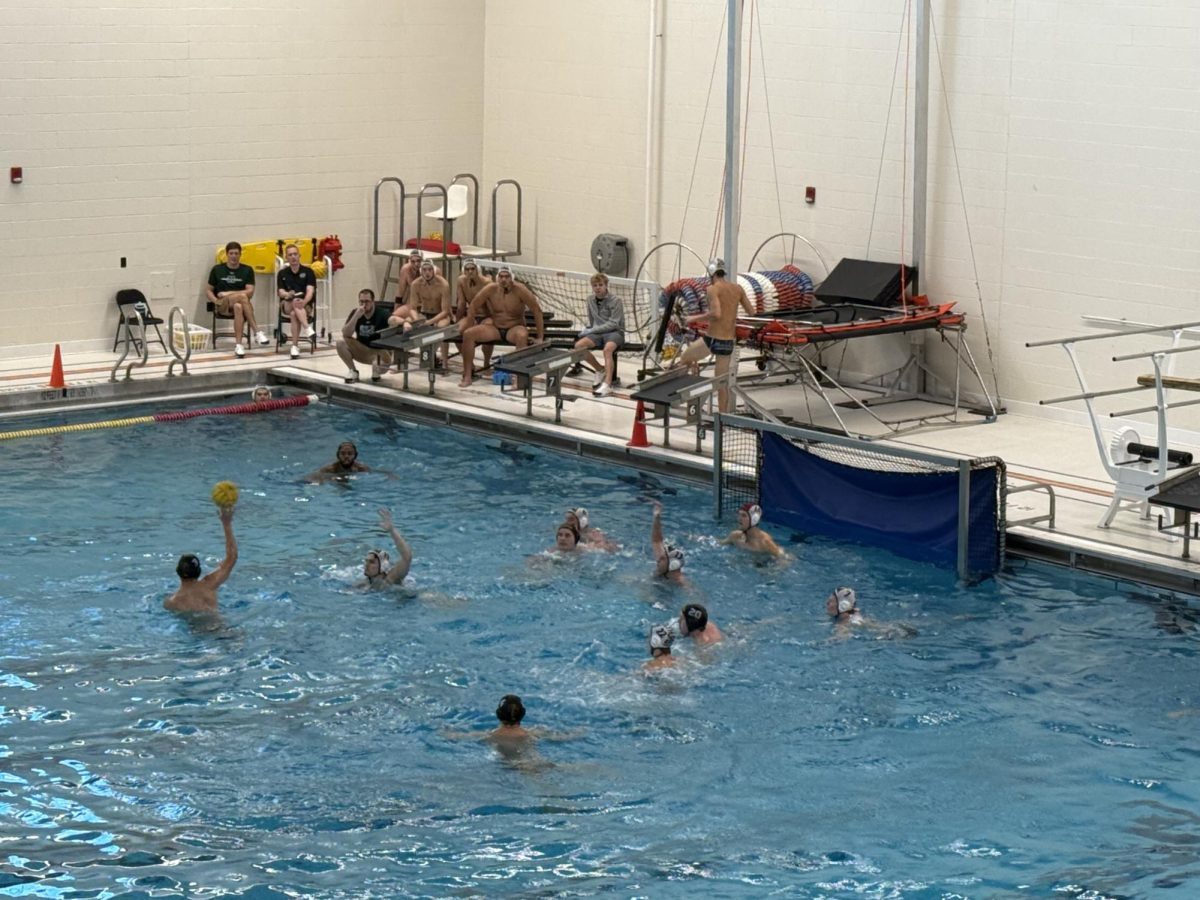If Gannon University ever needed to find tutors for its dreaded statistics class, all it would have to do is grab someone from the stands of a baseball game.
Since Major League Baseball’s beginning in 1869, statistics have been as much a part of America’s pastime as corked bats, game fixing and steroids.
But as the game has evolved, so have the ways of keeping track of players’ impact on the game. Long gone are the days of when earned run and batting average were the barometers of an individual’s skill. These days, the baseball enthusiast uses relatively unknown and difficult-to-calculate statistics called sabermetrics to properly assess worth to clubs and players.
Sabermetrics, which got its name after the Society for American Baseball Research, uses variations on existing stat categories to take a dive deep enough into the world of statistics that would even confuse Will Hunting.
Pitchers, hitters and fielders are measured and ranked in categories once thought subjective. The fielding range of a second baseman, the poise of an all-star clean-up hitter and the runs created by a speedy leadoff batter are all estimations that sabermetrics attempts to quantify.
Although its pursuit is to analyze baseball through object evidence, there are some, including Gannon baseball and softball coaches Nate Cocolin and Tom Jakubowski, who said they feel the new ways to rate player performance are starting to mask the only two statistics that matter.
“Really, the only statistics I care about are wins and losses,” said Jakubowski, who’s in his third season at the helm of the softball team.
Too bad sabermetrics actually deal with everything but a team’s wins and losses.
VORP, or value over replacement player, measures the number of runs created beyond what a replacement-level player at the same position would add while DIPS, or defense-independent pitching statistics, monitors a pitcher’s effectiveness on plays not involving any of the eight players in the field with him.
And to think those are the easiest understood of the bunch.
“A lot of that stuff is very complicated,” Cocolin said. “It makes a lot more sense over a longer period of time.”
Although it takes a long period of time to see the sense in keeping VORP and DIPS, it took sabermetrics less time to become a hit on the major league level than Stephen Strasburg.
GMs Sandy Alderson, Billy Beane and Theo Epstein have relied heavily on sabermetrics when making personnel decisions since the late 1990s. Other teams have hired “sabermetricians” to rummage through a career worth of statistical trends to project the future for certain players.
“They have such a large number of stats,” Cocolin said. “When you’re talking about giving someone that much money to play a game, you want to know everything you can about that player.”
Cocolin said that even though they’re convoluted and complicated, some sabermetrics, like on-base plus slugging percentage – OPS – have still made an impact on the baseball program.
“I think that OPS is the most important stat you can have – more so than batting average,” he said. “If you have a guy batting .320 that never walks or a guy batting .280 that walks a lot, the one batting .280 will have the better OPS.”
Cocolin said that basic Sabermetrics like WHIP – Walks and Hits per Inning Pitched – and strikeout-to-walk ratio are pitching stats he keeps a close eye to.
Jakubowski, whose usable stats begin and end with batting average and ERA, said that there are intangibles like poise that can’t be accurately measured with numbers – even though there’s a stat for that too.
“You know who’ll get a clutch hit,” he said. “As a coach you just know those things. You don’t need to see the stats to get a feel for who will step up.”
While sabermetrics provide the casual fan and die-hard alike with an avenue to objectively argue whether Derek Jeter or Ty Cobb was the better shortstop, the stats, according to Cocolin, will never be able to provide the insights that watching the game can provide.
“[A lineup] is not necessarily made by using a computer and spreadsheets,” he said. “A coach is still is going to make a lineup based on what he sees and feels everyday.”
Pretty soon, they’ll have a metric for that too.










